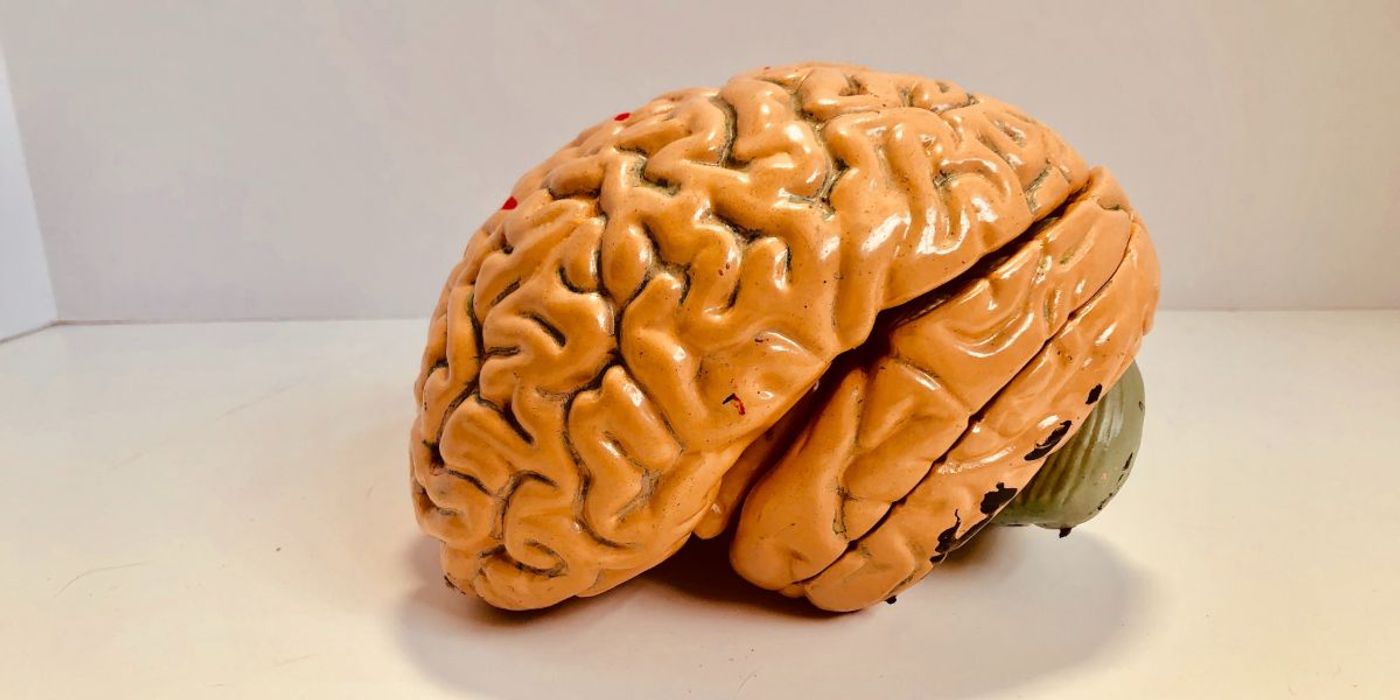Brain Scans Reveal There are Two Kinds of Schizophrenia
Schizophrenia is a chronic neurological disorder that affects around 3.5 million people in the US; three quarters of them developing the condition between the ages of 16 and 25. Now, contrary to previous knowledge, researchers from the University of Pennsylvania have found that there may be two different varieties of the disorder.
Although poorly understood, the neurobiology of schizophrenia is generally thought to be linked to a reduction of grey matter volume, the brain tissue that contains the main body of neurons. According to Christos Davatzikos lead author of the study, “Numerous other studies have shown that people with schizophrenia have significantly smaller volumes of brain tissue than healthy controls.”
This new research however shows that this may not be the case. For the study, Davatzikos and his team applied a machine learning method, HYDRA (Heterogeneity Through Discriminate Analysis) to over 307 MRI scans from patients with schizophrenia alongside 364 scans from healthy control subjects. They then categorized each brain into neuroanatomical subtypes.
In the end, they found that not only did 40% of the patients with schizophrenia have relatively normal amounts of grey matter in their brains, but they also displayed small increases in grey matter in a central area known as the striatum when compared to those in the control group. These findings remained even after adjusting results for factors including medications taken and age.
Although the researchers say it is too early to say exactly what separates these two kinds of schizophrenia, they say that these findings provide new research pathways to better understand why some treatments work on some patients and not others, as well as ways to develop new, more personalized treatments.
Daniel Wolf. co-senior author of the study, said, “The treatments for schizophrenia work really well in a minority of people, pretty well in most people, and hardly at all in a minority of people...We mostly can't predict that outcome, so it becomes a matter of trial and error. Now that we are starting to understand the biology behind this disorder, then we will hopefully one day have more informed, personalized approaches to treatment."
Sources: News Atlas, Science Alert and Brain









